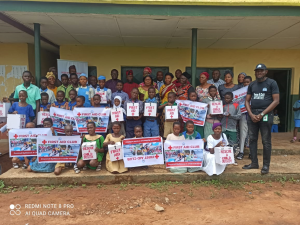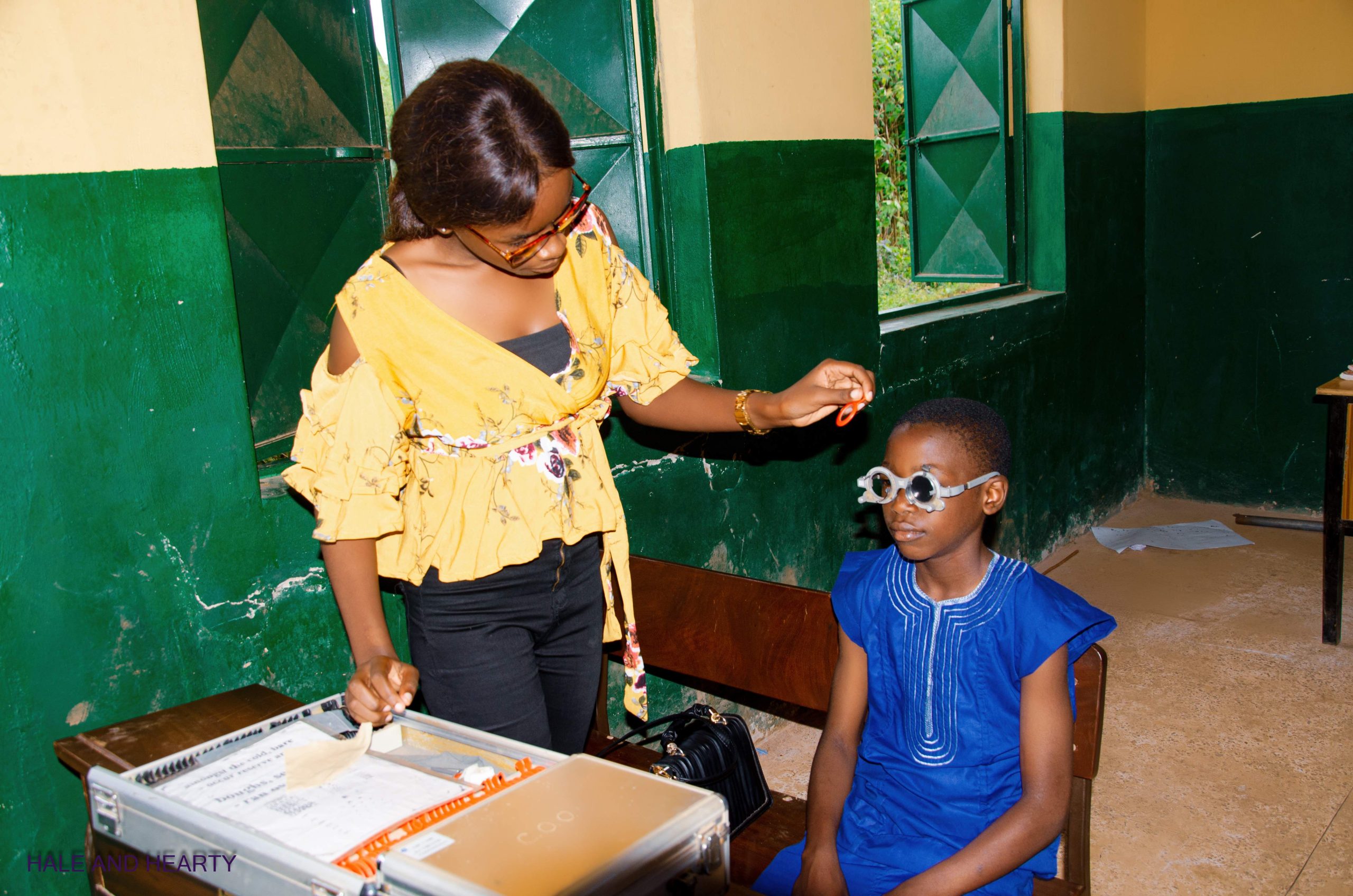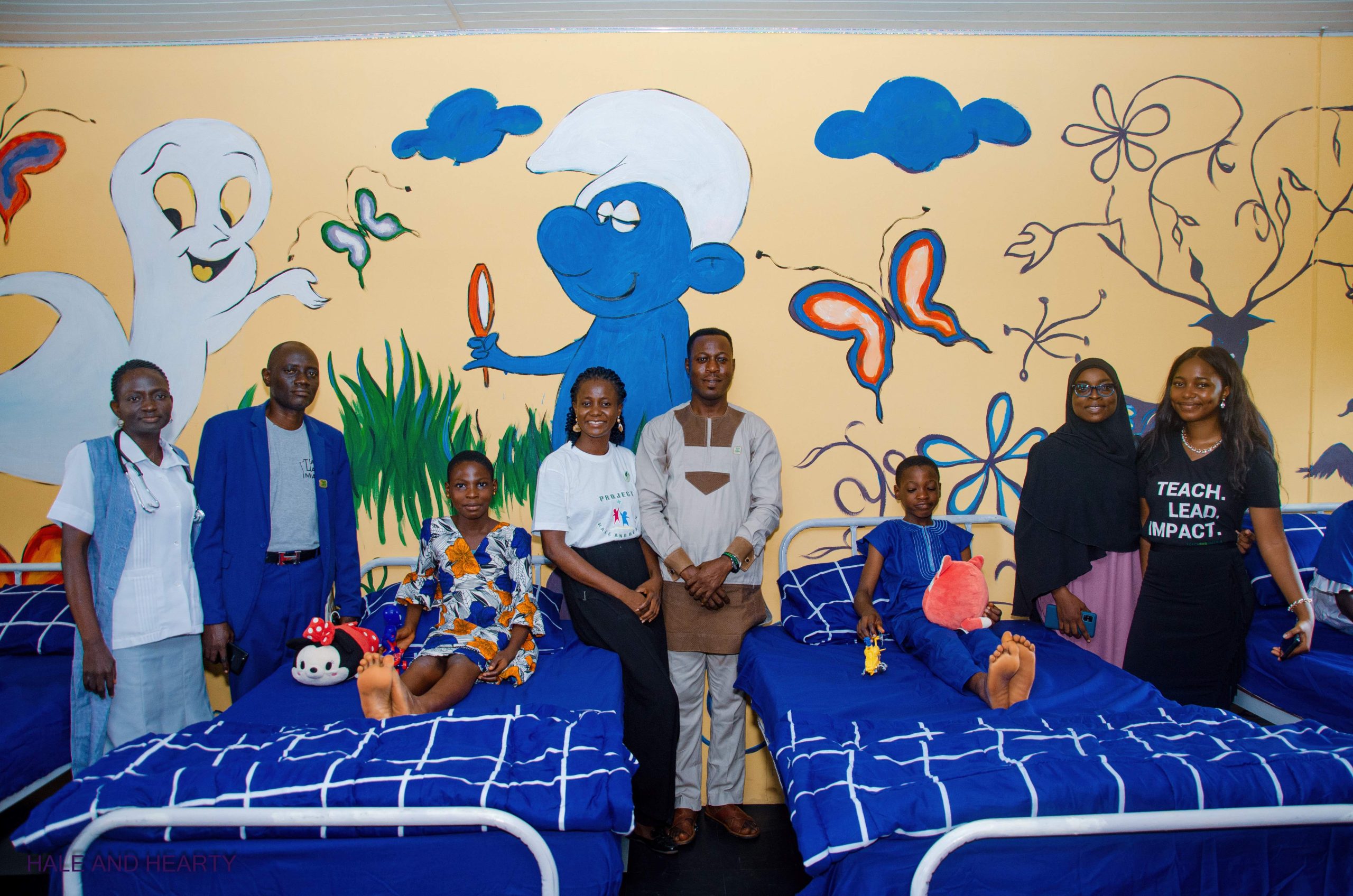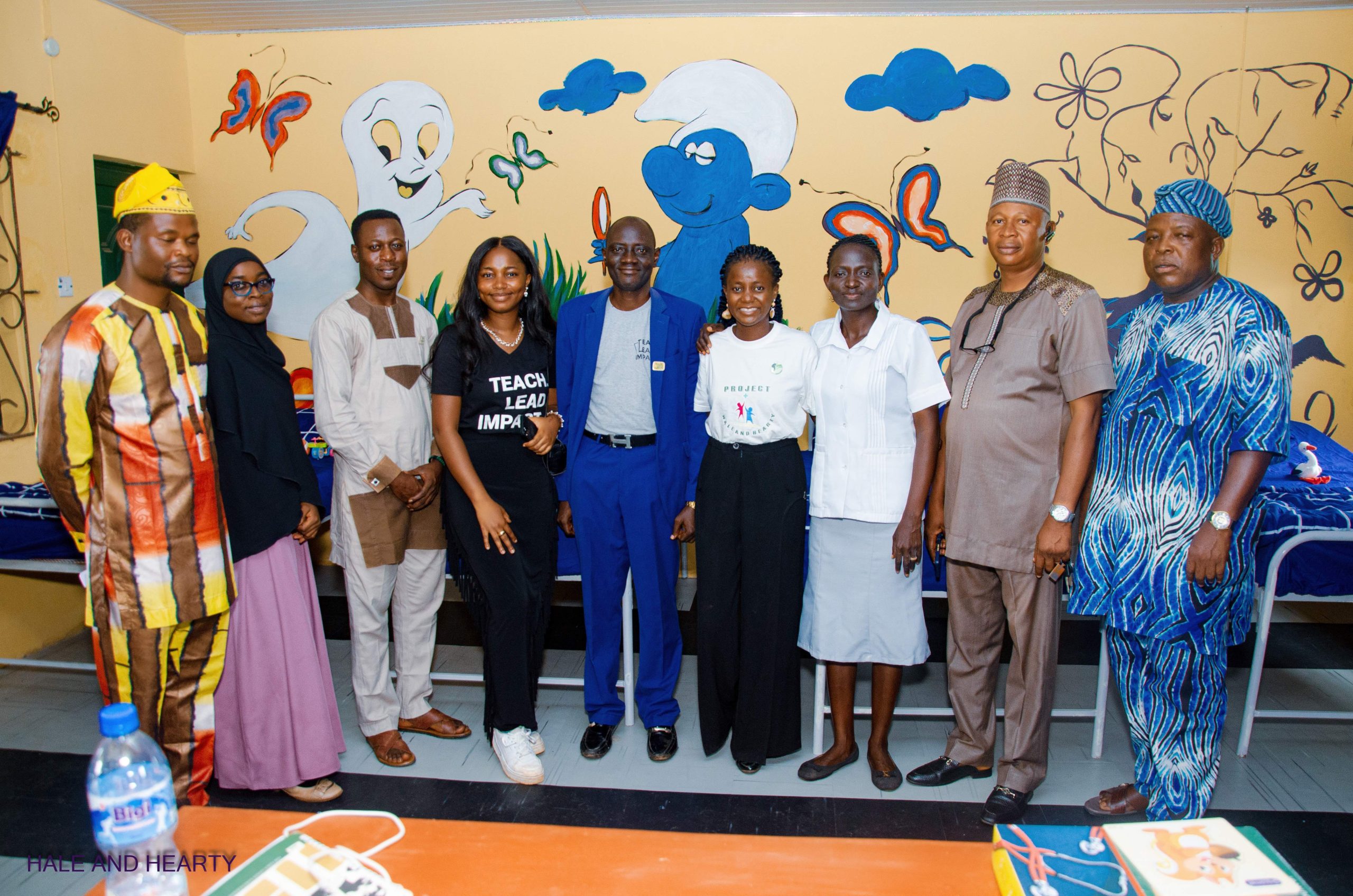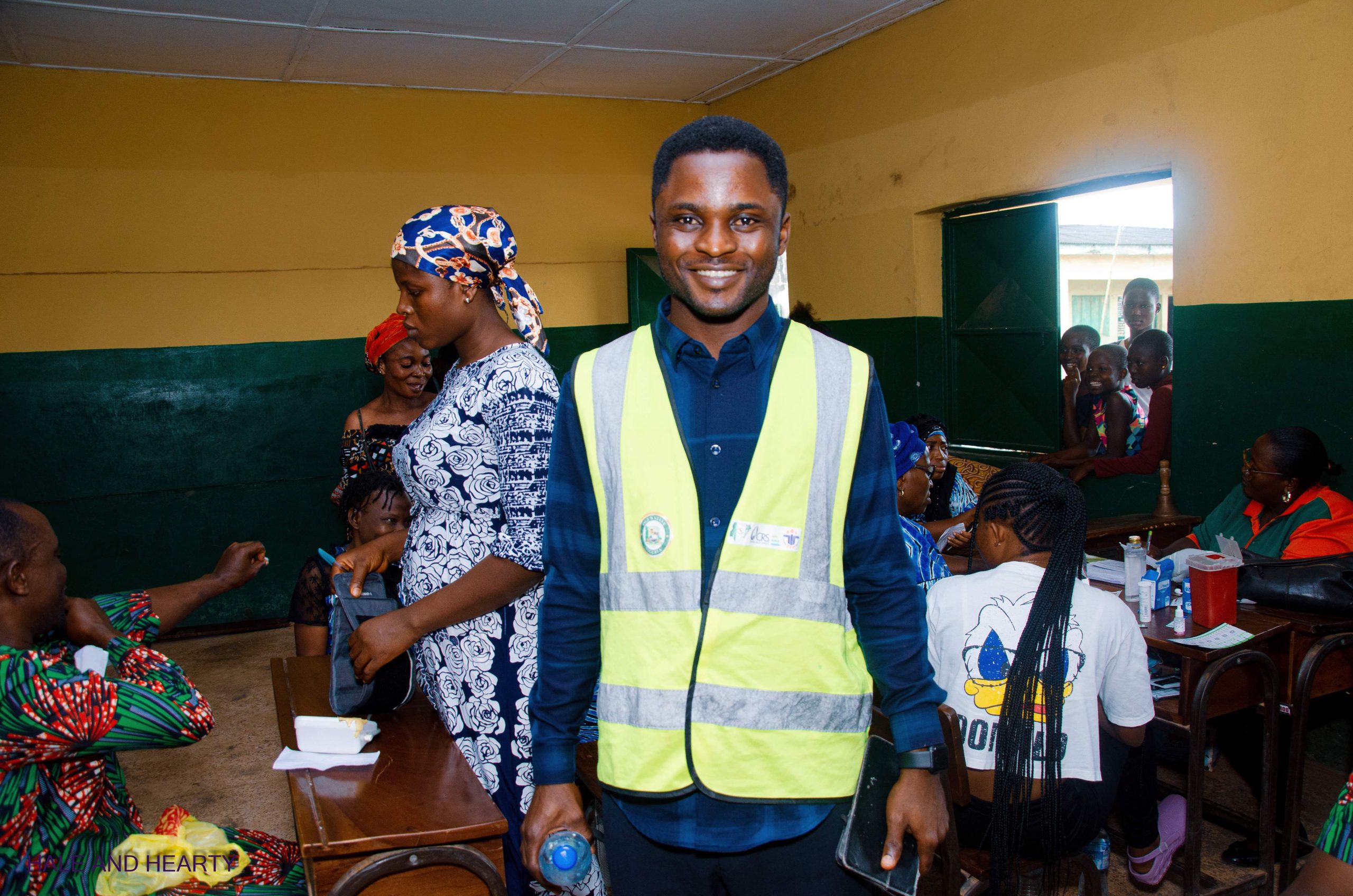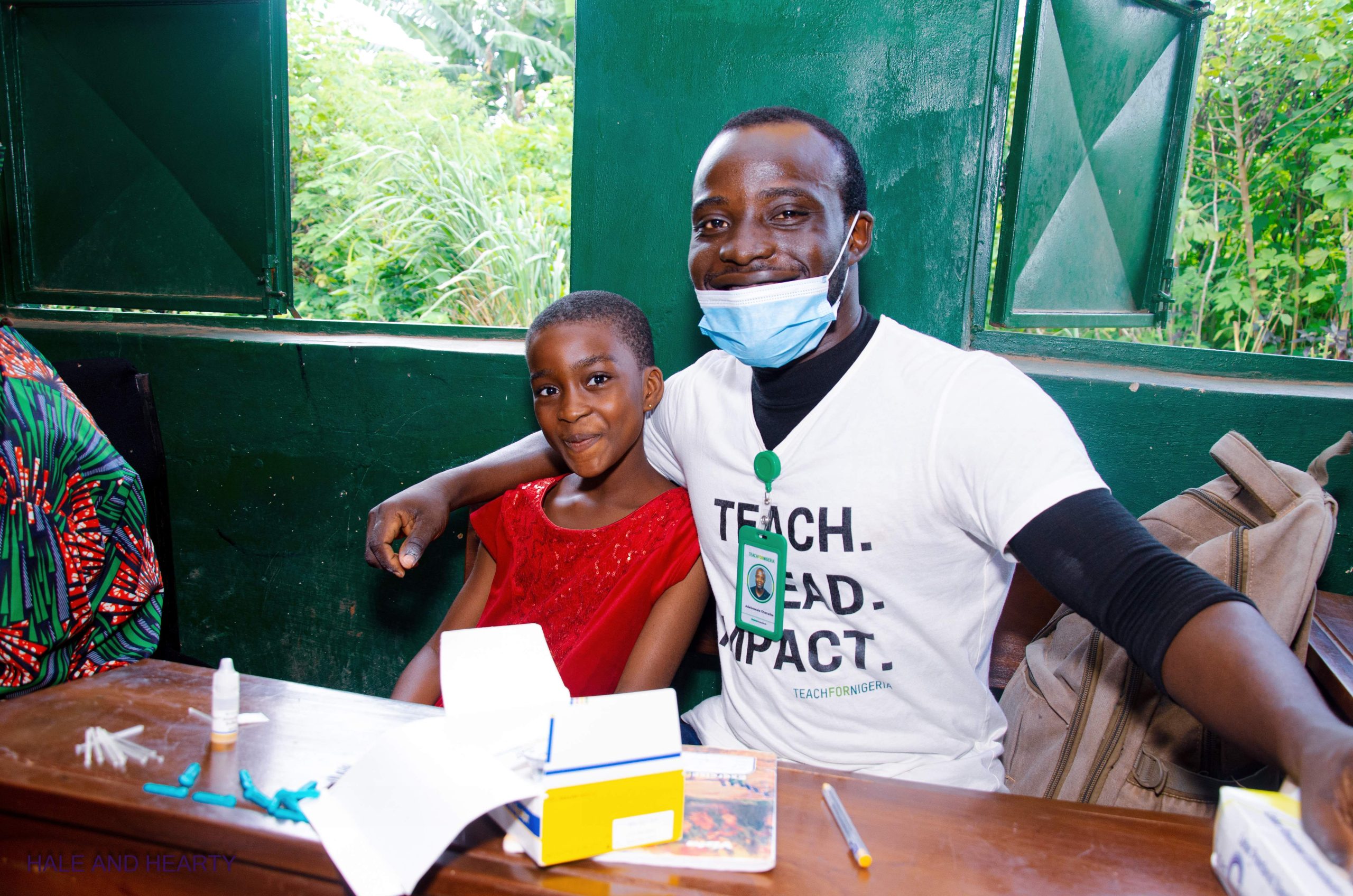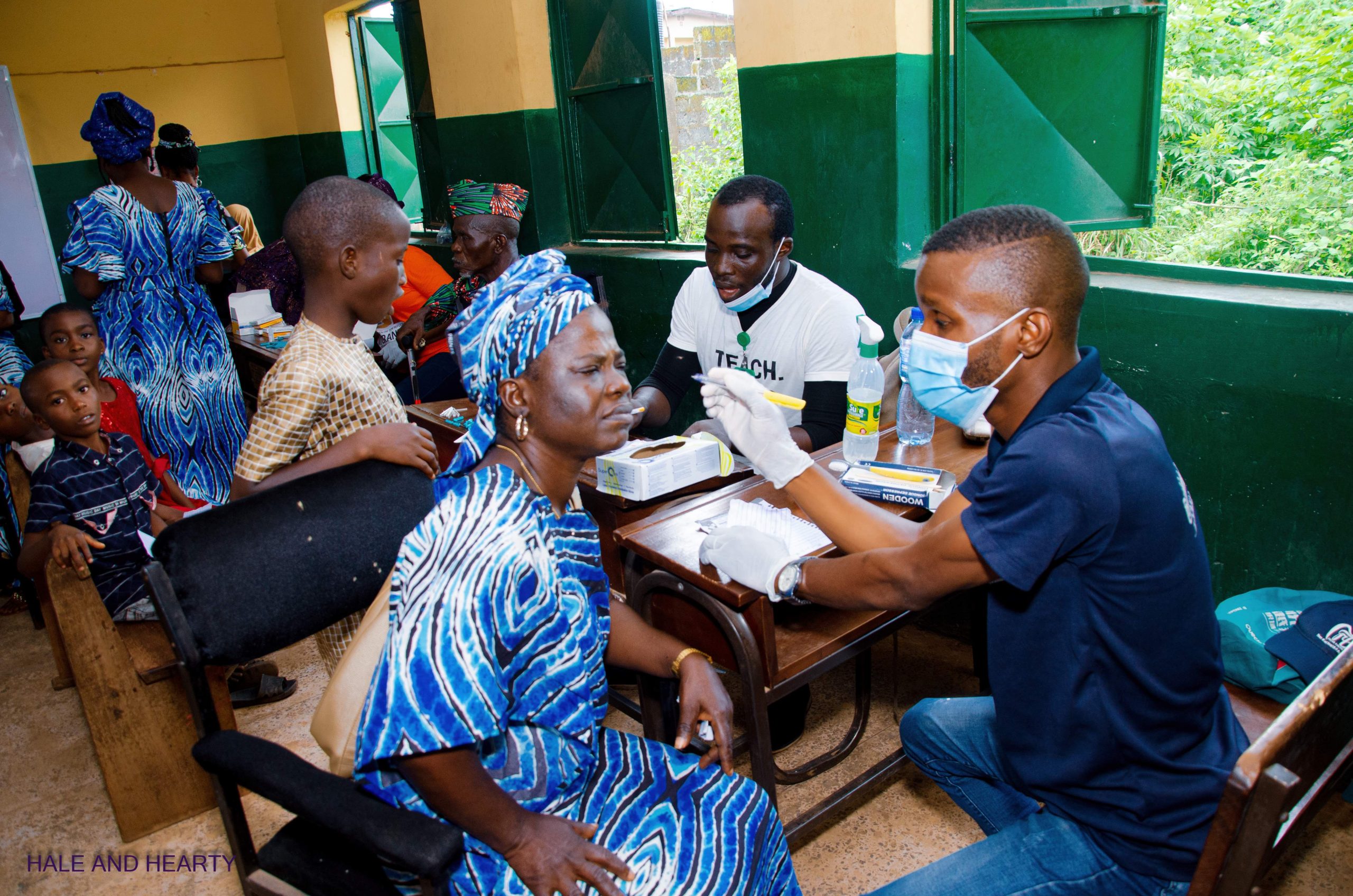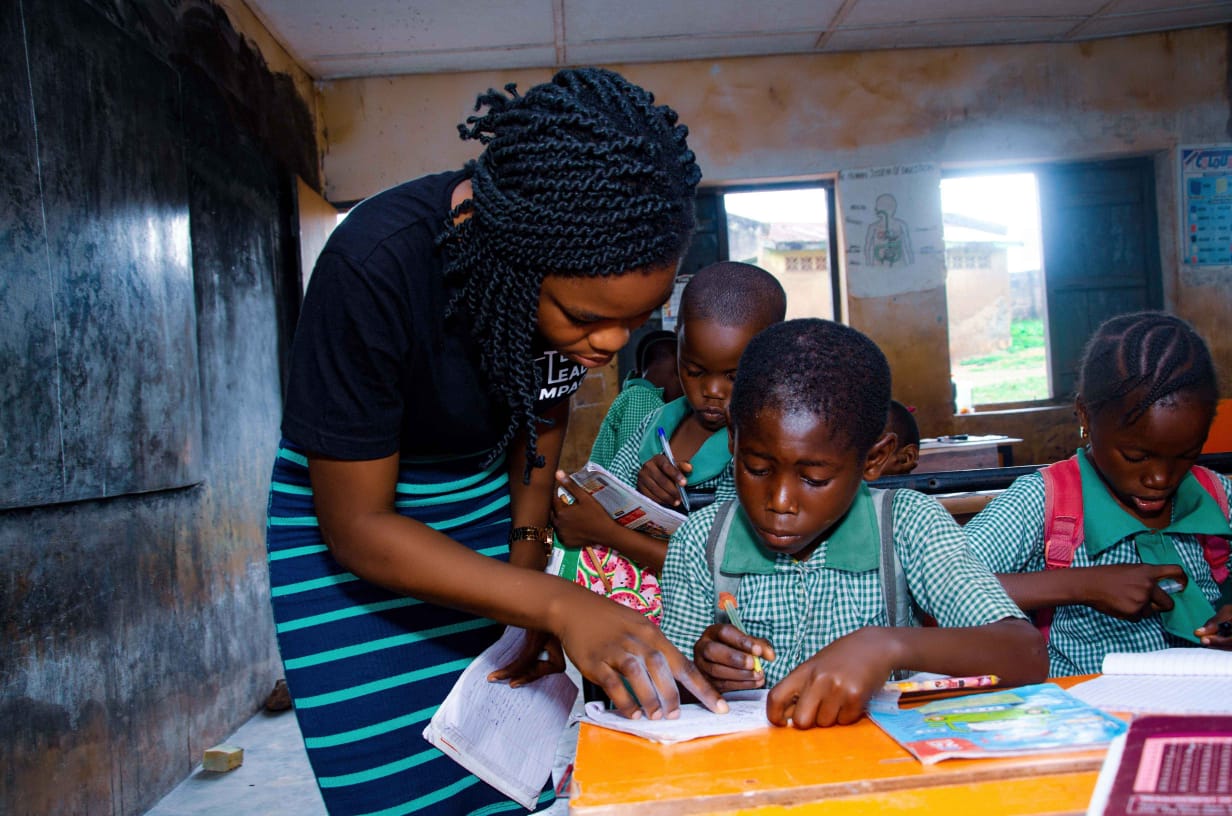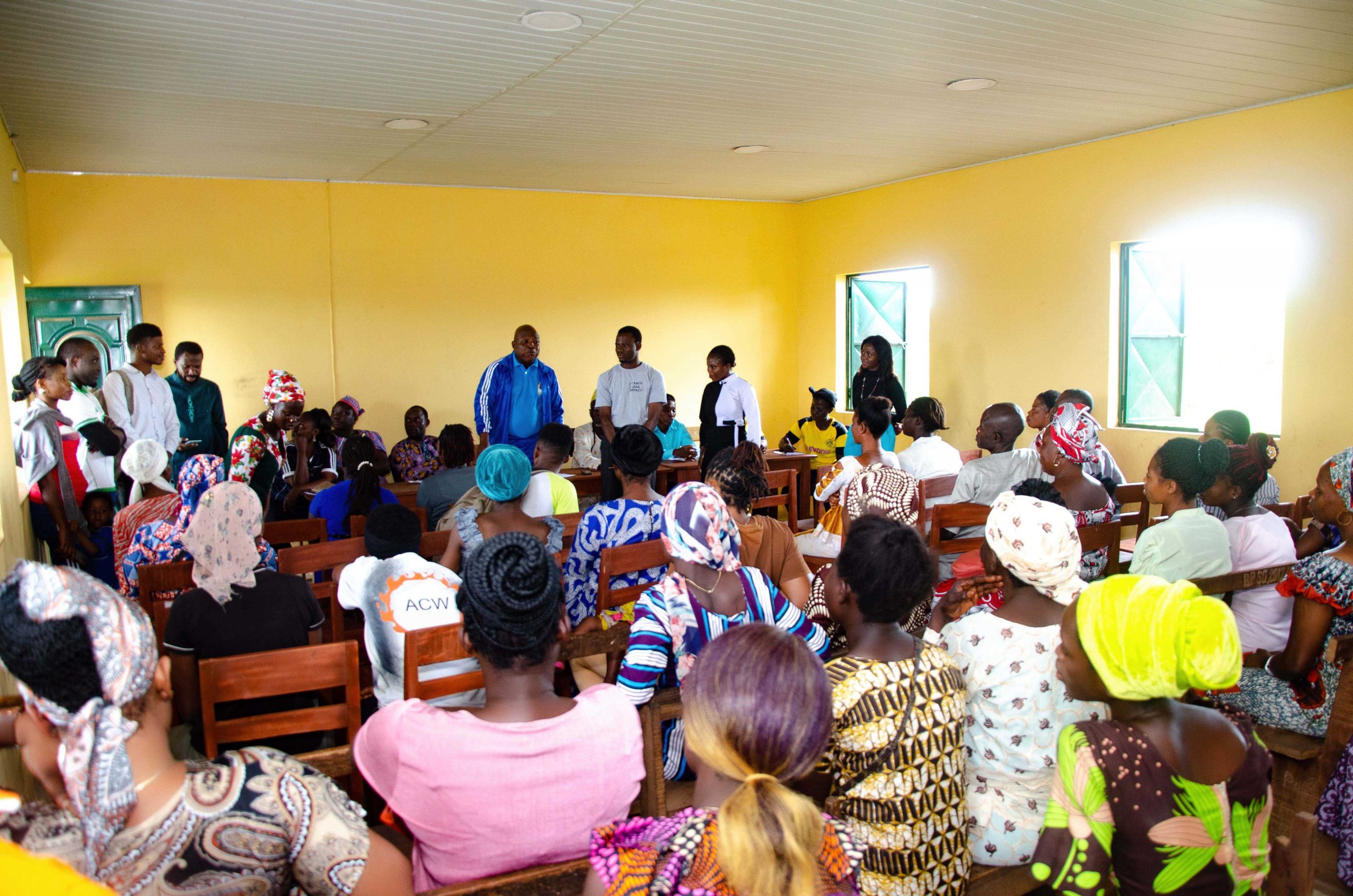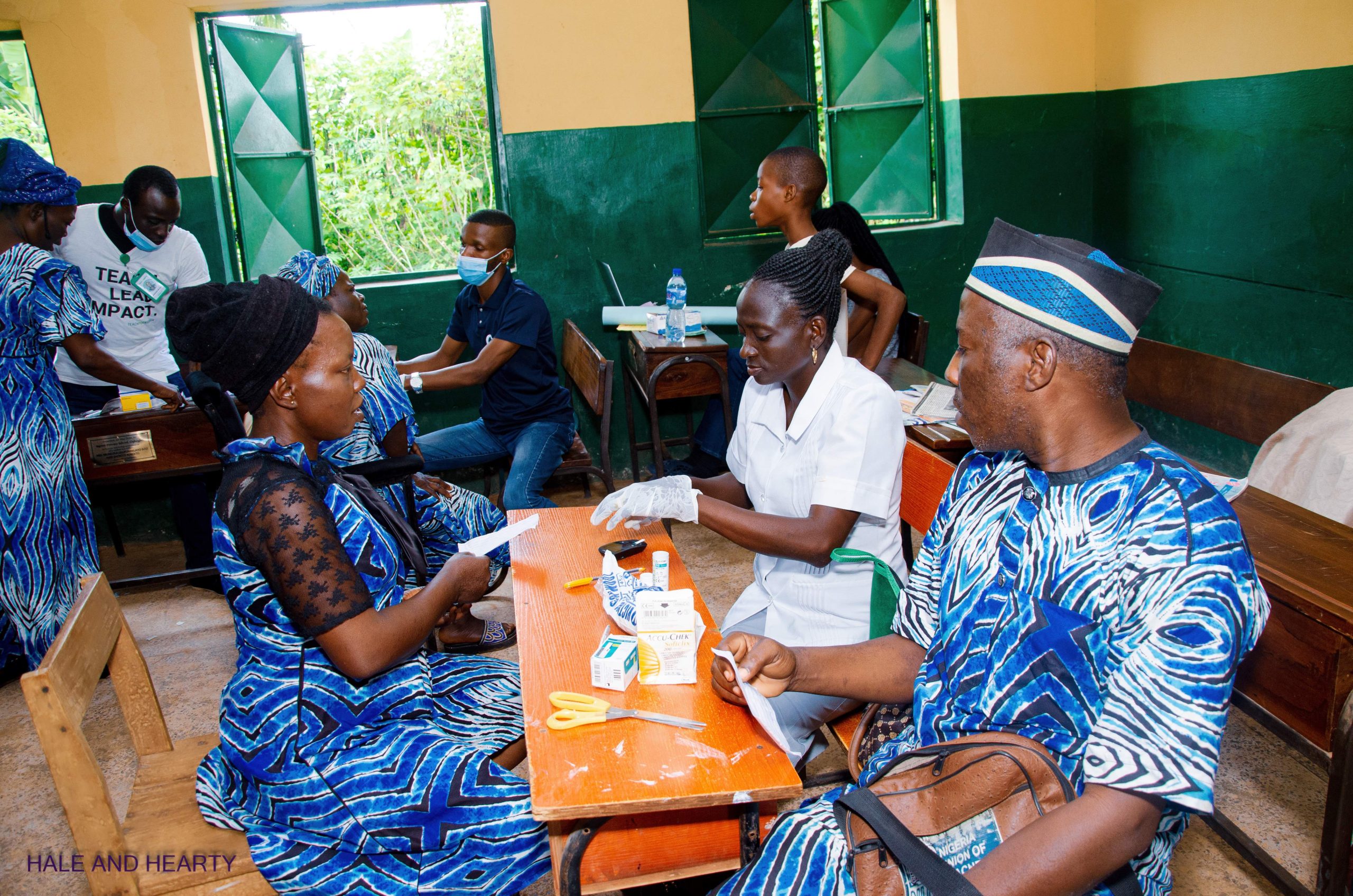In our society, access to good health is not equally distributed. Marginalized and underserved communities often face significant barriers to achieving optimal health outcomes. These barriers stem from a complex interplay of social, economic, and systemic factors. In this article, we will explore the barriers that hinder good health in these communities and discuss the importance of addressing health inequities to create a more equitable and healthier society.
Limited Access to Healthcare Services
One of the primary barriers faced by marginalized and underserved communities is limited access to healthcare services. Geographical factors, such as living in remote areas or healthcare deserts, can restrict their ability to reach healthcare facilities. Additionally, lack of transportation, high healthcare costs, and inadequate health insurance coverage further exacerbate the issue. Ensuring equitable access to healthcare services is crucial for addressing health disparities.
Socioeconomic Challenges
Socioeconomic factors play a significant role in determining health outcomes. Marginalized communities often face higher poverty rates, limited educational opportunities, and unstable employment, which can directly impact their health. Financial constraints may prevent individuals from seeking preventive care, accessing nutritious food, or affording medications. Addressing socioeconomic disparities is essential for improving health equity in these communities.
Language and Cultural Barriers
Language and cultural barriers can hinder effective communication and understanding between healthcare providers and marginalized communities. Limited English proficiency, cultural norms, and unfamiliarity with the healthcare system can lead to miscommunication, mistrust, and inadequate healthcare delivery. Culturally competent healthcare services, interpreter services, and community outreach programs can help bridge these gaps and ensure culturally appropriate care.
Health Literacy and Education
Low health literacy is a significant barrier in marginalized and underserved communities. Limited access to quality health education and information prevents individuals from making informed decisions about their health. Understanding medical terminology, preventive measures, and treatment options is crucial for promoting good health. Health literacy programs and community-based initiatives can empower individuals to take control of their health.
Structural and Systemic Factors
Structural and systemic factors, such as discrimination, racism, and unequal distribution of resources, contribute to health inequities. These factors lead to chronic stress, mental health disparities, and increased vulnerability to chronic diseases. Addressing structural and systemic barriers requires comprehensive approaches that challenge inequitable policies, promote diversity and inclusion, and advocate for social justice.
Barriers to good health in marginalized and underserved communities are multifaceted and deeply rooted in social, economic, and systemic factors. Overcoming these barriers requires a collective effort from policymakers, healthcare providers, community organizations, and individuals. By addressing limited access to healthcare services, socioeconomic challenges, language and cultural barriers, health literacy gaps, and systemic inequities, we can break down barriers and promote health equity. It is essential to prioritize resources, implement culturally sensitive approaches, and advocate for policies that ensure everyone has an equal opportunity to achieve good health. Together, we can create a society where no one is left behind and everyone can enjoy the benefits of good health and well-being.


